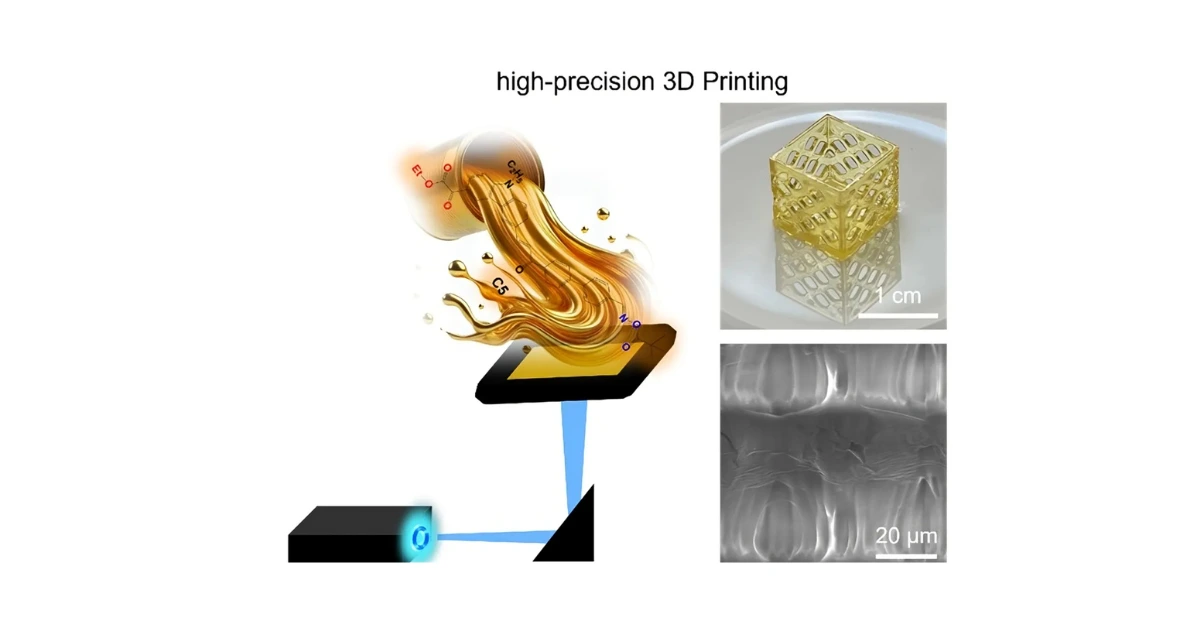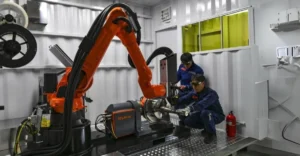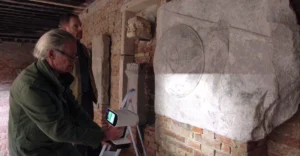Scientists develop revolutionary photoinitiators allowing 3D printing using daylight instead of harmful UV rays.

The announcement Monday of the advancement in 3D printing technology using sunlight came from an international team of scientists who created molecules that can harden resins with basic exposure to daylight.
The new group of photoinitiators functions with blue LEDs and natural sunlight, meaning that ultraviolet rays currently common to most 3D printing systems are not necessary. Such a finding mitigates key concerns regarding high energy consumption and toxicity in conventional methods.
Hybrid molecules that absorb visible light were created by researchers at the Mulhouse Institute of Materials Science and the Institute of Radical Chemistry together with specialists from Australia and China. Once activated by light, these compounds produce free radicals, initiating polymerization and converting a viscous fluid into a solid form.
The most promising molecule, named “C5,” demonstrated remarkable performance compared to commercial alternatives, showing efficiency increases between 40 and 132 percent depending on the light wavelength used.
Beyond improved performance, these new photoinitiators are significantly less toxic than current options—a critical factor for biomedical and food applications. Cytotoxicity tests revealed better compatibility with human cells compared to widely used initiators.
“Our discoveries have implications across several industries, from cleaner manufacturing processes to large-scale 3D printing in natural light, and even to the making of safer medical devices.” The technology essentially made 3D printing more precise, sustainable, cost-effective, and readily available with nothing more than simple daylight.
Read more : Haddy Unveils Massive AI-Powered 3D Printing Facility
The study describing this innovation was published in the journal Angewandte Chemie International Edition.
































